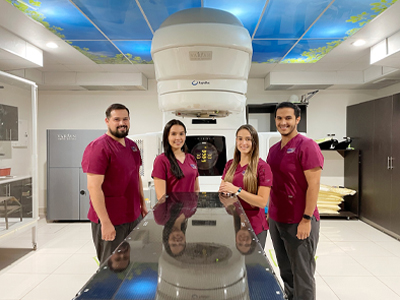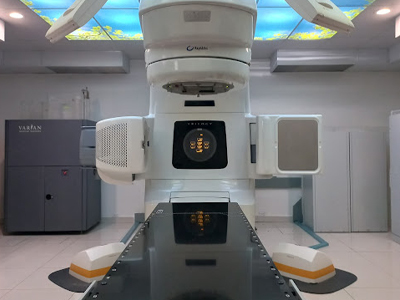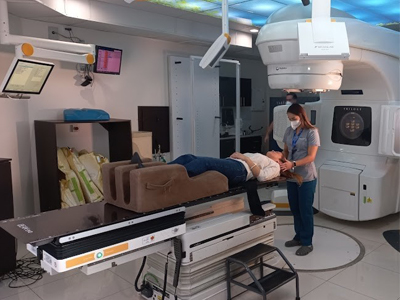Stereotaxic Body Radiosurgery
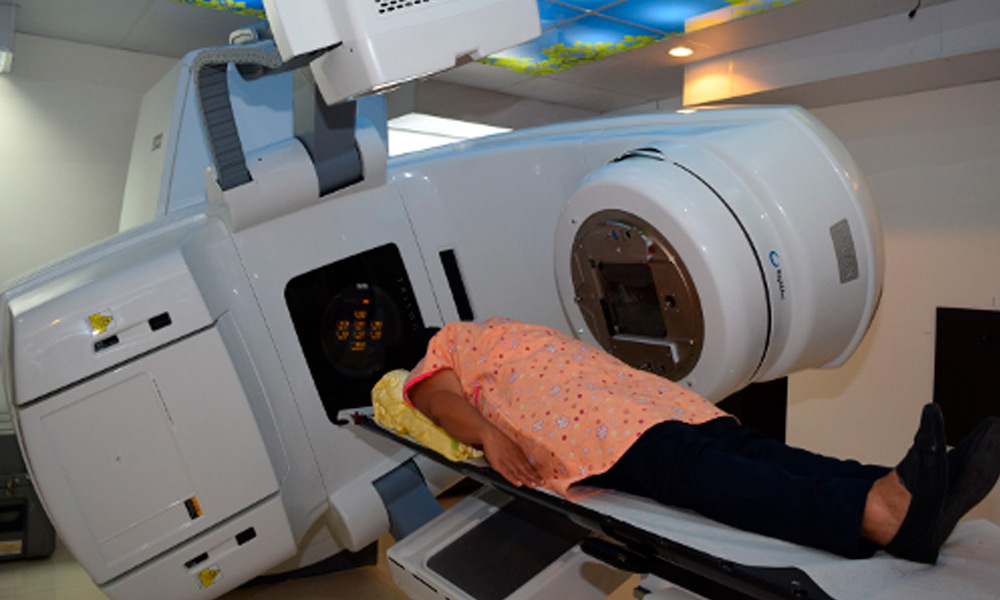
The principles of SRS, that is, high-precision radiation, are currently being used to treat tumors in the body, in a procedure called Stereotactic Body Radiation Therapy (SBRT).
A diferencia de la radioterapia convencional, que administra dosis más bajas de radiación en múltiples sesiones, la SBRT se caracteriza por la entrega de dosis altas y precisas de radiación dirigidas a un tumor específico en un número reducido de sesiones, generalmente entre 1 y 5.
La clave de la SBRT radica en su capacidad para minimizar la exposición de los tejidos sanos circundantes a la radiación.
Conozcamos un poco más en el siguiente apartado.
Conozcamos más acerca de este tratamiento
La precisión de la SBRT reduce significativamente los efectos secundarios y permite la administración de dosis letales para las células cancerosas. Imagina un cirujano utilizando un bisturí de rayos X para atacar el tumor con una precisión asombrosa, sin necesidad de incisiones extensas.
La SBRT actualmente se utiliza en el tratamiento de tumores malignos o benignos de tamaño pequeño a mediano en el cuerpo y en sitios comunes de la enfermedad, tales como metástasis en: Pulmón, hígado, abdomen, columna, próstata, mamas y cabeza y cuello principalmente.
A pesar de su nombre y en comparación con la radioterapia tradicional, es un procedimiento no quirúrgico que entrega radiación sumamente enfocada en dosis mucho más altas y en solamente uno o unos pocos tratamientos.
Este tratamiento es posible gracias al desarrollo de tecnologías de radiación altamente avanzadas que permiten la entrega de dosis máximas dentro del blanco, mientras se reducen al máximo la dosis que recibe el tejido sano circundante. El objetivo es administrar dosis que destruyan el tumor y logren un máximo control local.
SBRT is administered with the help of a team of radiation therapy personnel, which typically includes a radiation oncologist, a radiation therapy nurse, and an imaging specialist, plus a physicist and a dosimetrist. Before your treatment begins, you will have one or more appointments with your team members to make the necessary plans and preparations for your treatment; This may require you to undergo other tests and procedures. Before your first treatment session:
- Maybe you have to implement some markers fiducials (also called seeds) in or near the tumor. Markers are small segments of metallic gold that are clearly seen on imaging studies and later guide radiation therapy treatment. Your doctor will explain this procedure to you in more detail, if necessary.
- You may have CT scans or other imaging tests to pinpoint the places in your body that will be treated with radiation therapy.
- Positioning devices such as molds, masks, supports and cushions are made to help keep your body in the same position during each treatment session.
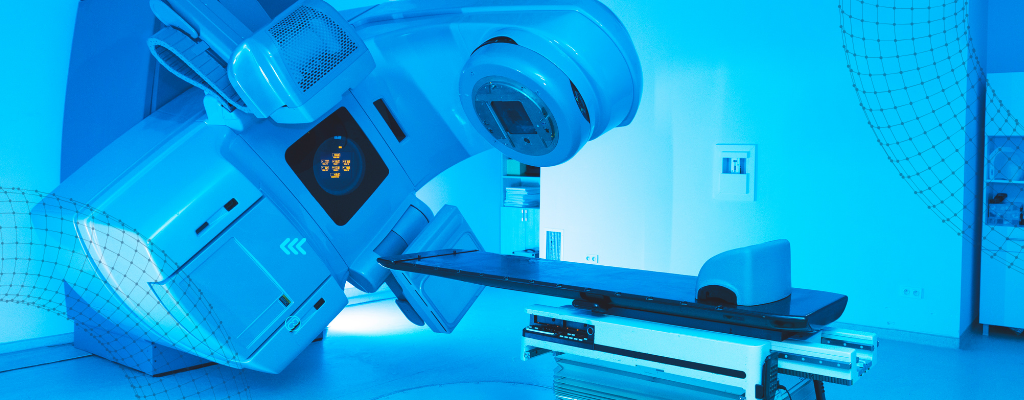
SRBT treatment sessions
In SBRT, 1 to 5 doses of radiation are given over 1 to 2 weeks. You and your team members will discuss the exact schedule of your treatment beforehand. Each treatment session lasts 60-90 minutes. During each session, you can expect the following to occur:
- You take off your clothes and put on a patient gown. The imaging doctor places it in the correct position on a treatment table; At this time, whatever positioning device has been developed is used.
- The imaging doctor leaves the room and turns on the linac from outside. The imaging doctor will watch you on a monitor and you will be able to talk to him through an intercom.
- With the help of x-rays or tomography, the correct positioning and alignment of the linac beams with respect to your body is confirmed; The beams are then directed towards the tumor. You will hear the device but you will not feel anything.
- You will be able to return home shortly after your treatment session ends. Your doctor or nursing staff will tell you when to return for your next session, if you need to return.

